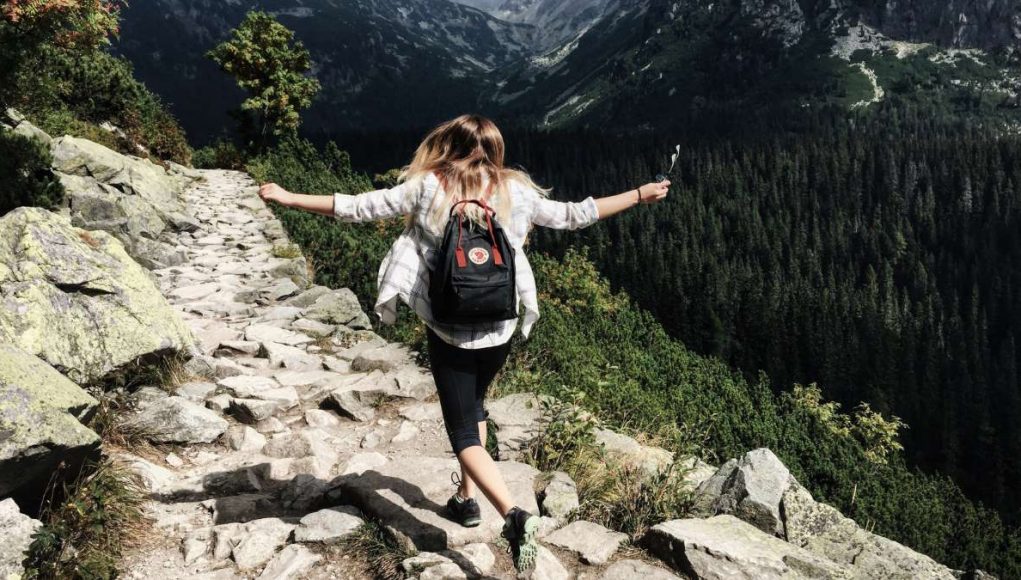The summer is here, and lots of people are using vacation time with the warm weather’s arrival. Some are feeling safe enough to fly, even with the pandemic still raging. But more are taking driving vacations, piling into the family vehicle, heading to visit relatives, or exploring some previously unknown territory.
Those who are communing with nature this summer have the right idea. Being in nature does the soul some good and eases stress. However, when you venture into the desert, swamp, or forest, there are dangers of which you should be aware of.
Here are a few things to watch out for on your travels.
Abandoned Mines
It would shock some people how many mines there are in this country that companies no longer use. In Nevada alone, there are over 200,000 abandoned mines. These pose a significant danger to hikers for the following reasons:
- They’re sometimes not marked sufficiently
- They often go down hundreds of feet
- They’re usually in remote areas, so if you fall in, it will be extremely difficult to rescue you
If you’re traveling through desolate country, do some research beforehand. Try to find out about any mines in the area. If you aren’t sure where they are, go slowly and carefully.
It’s also best to travel in pairs or groups. If you have your whole family with you, or some friends, someone can go for help if you fall down a mine shaft. Still, if you exercise caution, there’s much less chance that will happen.
Venomous Snakes
If you’re going hiking in some regions, you might enter venomous snake territory. Several rattlesnake species live in the US. There are also:
- Cottonmouths
- Copperheads
- Coral snakes
It might surprise you to learn that venomous snakes live in forty-eight states. The only two where no known species live are Alaska and Hawaii.
Like with mines, the key to safety is research. You need to know what kind of venomous snakes live in a region before traveling through it on foot.
Proceed with the utmost caution, and don’t approach a snake if you see one. Even a snake that isn’t venomous can bite you if it’s frightened or angry.
Rock Slides
In some areas around the country, rock slides are also common. If you go mountain climbing or hiking on mountainous trails, you need to look out for them. They often occur in California, Washington, and Oregon.
The hilly or mountainous eastern US regions are also candidates. If you’re hiking, it’s best to avoid the steepest or most rugged slopes.
Try to stick to terrain that doesn’t slope sharply up or down. If a rockslide happens while you’re traveling over such terrain, it can prove deadly for you. You could even cause a rockslide yourself if you’re not careful.
Ticks
We’re also in the season when ticks proliferate. Ticks generally live in tall grass and foliage, or sometimes they drop down on hosts from tree branches. They have no problem living on deer, but they’ll also latch onto a passing dog or human.
Ticks spread Lyme disease, which is potentially dangerous, though seldom fatal for humans. However, it is painful and uncomfortable, and neither you nor your pet wants to have anything to do with it.
The optimal way to avoid picking up a tick is to wear long sleeves and long pants. You should also check for them if you walk through long grass or bushes. If you find one on you, then remove it without delay.
If you’re not sure what ticks look like, study some pictures of them before you go out for the day. There are plenty of online images, so you’ll know one if you see it.
Dehydration
When you’ve traveled to an outdoor location, and you’re exploring, dehydration is also a potential concern. Doctors say you should drink at least eight eight-ounce glasses of water during the day, but if you’re backpacking in the middle of the afternoon, then you’ll want to consume more than that.
Bring some water with you as you go out for the day since it’s unlikely there’s going to be a potable water source if you’re in desolate country. If you feel dizzy or your head starts aching, find some shade, sit down, and hydrate until you feel better.
Getting Lost
It’s also easy to lose yourself if you are in unfamiliar territory. You probably won’t be able to rely on your phone for directions, since you won’t get reception in remote areas.
The old-fashioned paper map will likely be your best bet to avoid losing your way, though some national parks have signposts featured prominently if you stick to the trails.
It’s best you stay on well-marked paths. You might want to venture off into parts unknown, but that’s a sure way to lose track of where you are if you don’t have woodcraft experience.
Bringing a compass with you is also a smart idea. Be certain that you know which direction you’re going since you’ll be reliant on the compass to take you back the way you came if you get off-course.
Hunters
There are some regions where you might encounter hunters, and some of them might be a little trigger-happy. Hunters are not usually allowed to stalk game in national parks, but that doesn’t mean that poaching doesn’t still exist.
The best way to avoid friendly fire is to wear brightly-colored clothing. It’s not likely you’ll run into this problem most places, but if you’re not sure who owns the land you’re exploring, you never know who else you may encounter there and what their intentions are.
Driving or flying to remote areas and exploring with your family can be fun. You can find beautiful natural wonders, see animals in their natural habitat, or have a picnic.
Just be sure to bring the right supplies, tread carefully, and watch out for the hazards that we mentioned here. The better prepared you are, the less chance of tragedy.






